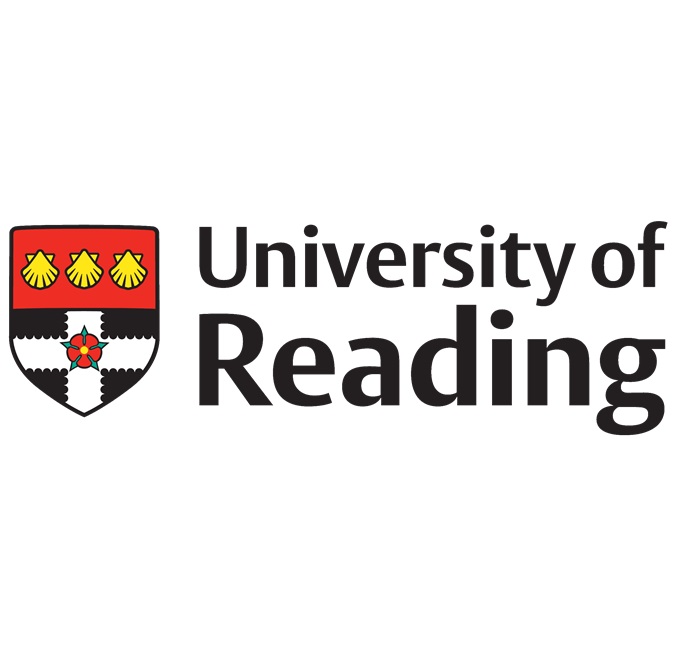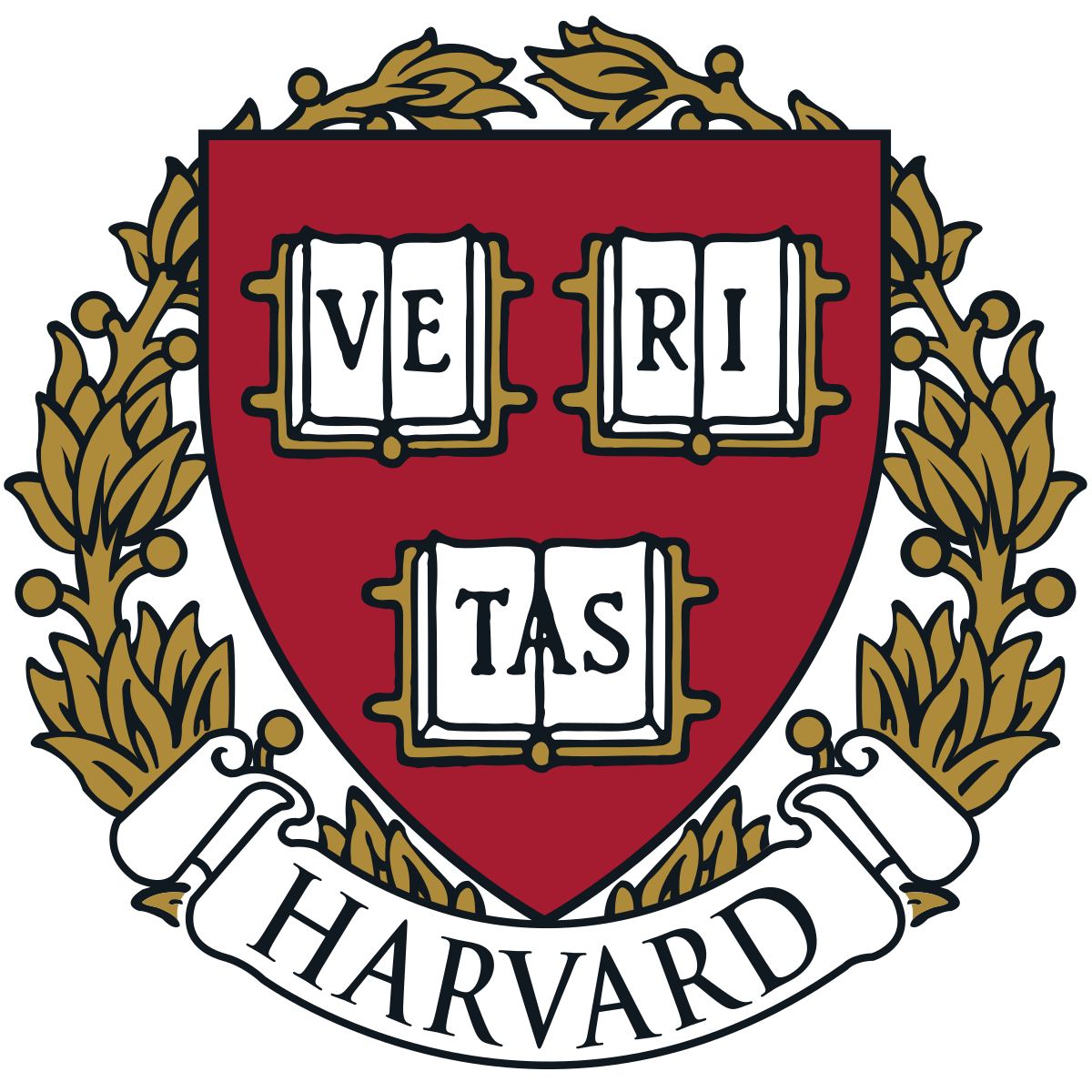Core modules
All students will study two core modules:
Criticism and Methods in the History of Art and Visual Culture
This module looks at the historiography, methods and theoretical underpinning of contemporary practices of artistic and visual analysis. Based on close reading of key scholarly texts, you will engage with traditional art historical methods as well as more recent approaches to the study of art and visual culture. You will be asked to consider the relevance of these methods to a range of examples, including the potential topics of their own developing ideas for your final thesis.
Assessment: 4,000-word written portfolio
Postgraduate Research Training and Methods A & B
This module introduces students at Masters level to a range of research skills needed to write a dissertation on their specific programme, as well as core, generic employability skills. It contains a number of staff-taught sessions on how to write a literature review, use the Internet for research and how to craft a research proposal. The first part of the module (A) will be taught in Semester 1, followed by the second part (B) in Semester 2.
Assessment: Written assignment and presentation
Optional module choices
You will choose one optional module from a range which typically includes:
Aesthetics and the Philosophy of Art
This module considers subjects such as: art and the nature of aesthetic experience; beauty, ugliness and the sublime; symbolism and allegory; the aesthetics of modernism. At its core is an introduction to the German aesthetic tradition, involving a close reading of foundational texts by Immanuel Kant, Georg Hegel and their contemporaries in the early 19th century. It will also consider the work of subsequent authors, such as Walter Benjamin, Theodor Adorno and Mikhail Bakhtin, as well as recent and contemporary theorists and philosophers such as Paul Virilio, Jean-François Lyotard, Boris Groys, Niklas Luhmann, Brian Tschumi, Gilles Deleuze, Julia Kristeva and Luce Irigaray. Attention will be paid not only to the conceptual arguments put forward by the thinkers in question, but also to the ways in which their theoretical tenets have underpinned the interpretation and criticism of works of art, music and literature.
Assessment: 4,000-word essay
Exhibition Cultures
In many ways, exhibitions have been fundamental to art history, perhaps because artists have been influenced by exhibitions or have been ‘periodised’ by exhibitions (for example, Impressionism and Post-Impressionism). Arguably, art history has also been made through exhibitions. Therefore this module explores art history from the perspective of exhibitions. Such a perspective not only offers an intriguing approach that can be applied to any artist or art period (e.g. studying Michelangelo through exhibitions), but an exhibition history constitutes an obligatory part of any exhibition proposal. Therefore, this module supports both curatorial and art-historical studies. It provides an introduction to a variety of theoretical approaches to the role of exhibitions regarding society, culture and institutional critique (Bourdieu, Foucault, Bhabha) and to aspects that are pertinent to exhibitions, including the relevance of place and (hyper-)space for an exhibition, display, the role of curator, artist and audiences, marketing and sponsoring.
Assessment: 4,000-word essay
What is British Art?
What exactly is British art, and how does it relate to national identity? This module provides a broad overview of developments in British art from c.1760 to the present. It questions and unpacks this art historical category, by examining the key debates and writings that have shaped our understanding and definition of British art. It engages with the ways in which the boundaries of British art have been increasingly redrawn in recent years, as art historians integrate Britain’s imperial past and postcolonial present into the study of British art.
The module will consider the ways in which British art has been made, exhibited, experienced, conceptualised and contested. It will examine the breadth of British art, notably painting and sculpture, but also photography, the decorative arts, and more recent conceptual approaches. Students will engage directly with artworks through visits to relevant collections.
The module’s broad chronological sweep encompasses a diverse set of ideas related to British art. Topics might include: What is British Art?; art and empire; British ‘isms’ and movements; ‘English’ or ‘British’? Four nations art history; collecting and exhibiting British art; writing British art; the Royal Academy and the creation of the ‘British school’; researching British Art; judging British art; and queering British art.
This module includes mandatory and optional visits to museums and galleries. The cost of these will be covered by the Department. (Read more about this module)
Assessment: 4,000-word assignment
Made in Birmingham: Art and Urban Space
Birmingham provides a centre of gravity for exploring and applying key issues and debates in British art through particular case studies. Birmingham played a pivotal role in the industrial revolution and the British empire, and the module will consider those industrial and imperial histories, and their continuing legacy in Britain’s second city.
Birmingham, and the Midlands more broadly, hold internationally significant collections of British art, notably the Pre-Raphaelite collection at Birmingham Museum and Art Gallery; 20th century collections at Wolverhampton Museum and Art Gallery and The Herbert Museum and Art Gallery, Coventry; photographic collections at Birmingham Library and the University of Birmingham.
Using these collections, the module will consider the ways in which the arts were made, exhibited, experienced, conceptualised and contested in Birmingham. Topics might include: art and industry; artist’s societies (RBSA); Pre-Raphaelites; Arts and Crafts; Pop Art; Black British art; photography; centre/periphery; local/global; art and empire; art and religion; architecture; and art and urban regeneration.
Assessment: one research portfolio focused on an object produced or located in the Midlands, comprising a 2,000 word essay, annotated bibliography, and a selection of annotated visual and contextual sources.
Enterprising Cultures
This module aims to develop your commercial awareness, and provide a framework for undertaking enterprising activity in cultural organisations. The module takes the form of a series of seminars and workshops on how to create a plan for new revenue-generating activity within an arts organisation, or even a business start-up. The module will feature a series of guest speakers who currently engage in commercial activity in cultural organisations. You will work in groups to develop an idea based on a real-world challenge set by a cultural organisation. You will then pitch your idea in a Dragon’s Den for formative feedback, before preparing a business plan.
Assessment: 4,000-word business plan
Further modules called 'Special Subjects'
The range of Special Subjects is updated annually in line with staff research interests. The following are indicative of the range of subjects we teach:
Berlin 1890-1939: Symphony of a (Great?) City
Contemporary Art and Masculinity
Contemporary Art and Home
Global Art and Cultural Studies
Fashioning Flesh and Technology: Modernism and the Body in Germany 1918–1933
Image as Witness
Inside Out: Interior and Interiority in French Art, Design and Visual Culture 1850–1940
‘Islamic’ Aesthetics in Art
Michelangelo
Paris Moderne 1850–1930: Image, Myth, Femininity
Pre-Raphaelites: Contexts, Approaches and Reputations
Rodin Reconsidered
Sound and Vision: Word, Music, Image 1860-Now
Turning the Pages: Manuscript and Print, Past and Present
An Unnatural History: Animals in Western Art, 1750-present day
Women and Artistic Culture 1400–1600
Please note that the optional module information listed on the website for this programme is intended to be indicative, and the availability of optional modules may vary from year to year. Where a module is no longer available we will let you know as soon as we can and help you to make other choices.
Show less









